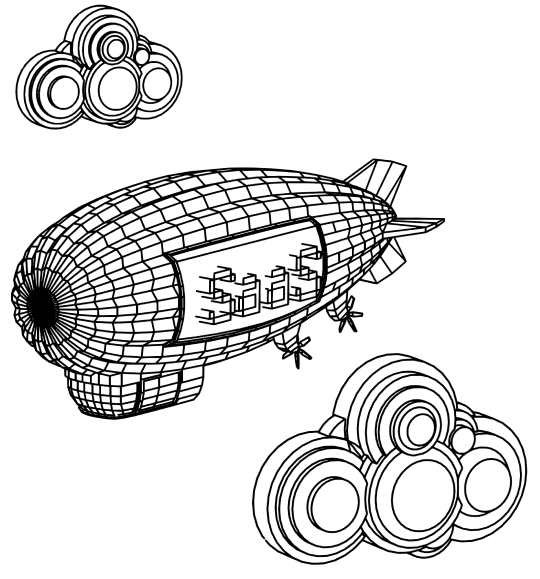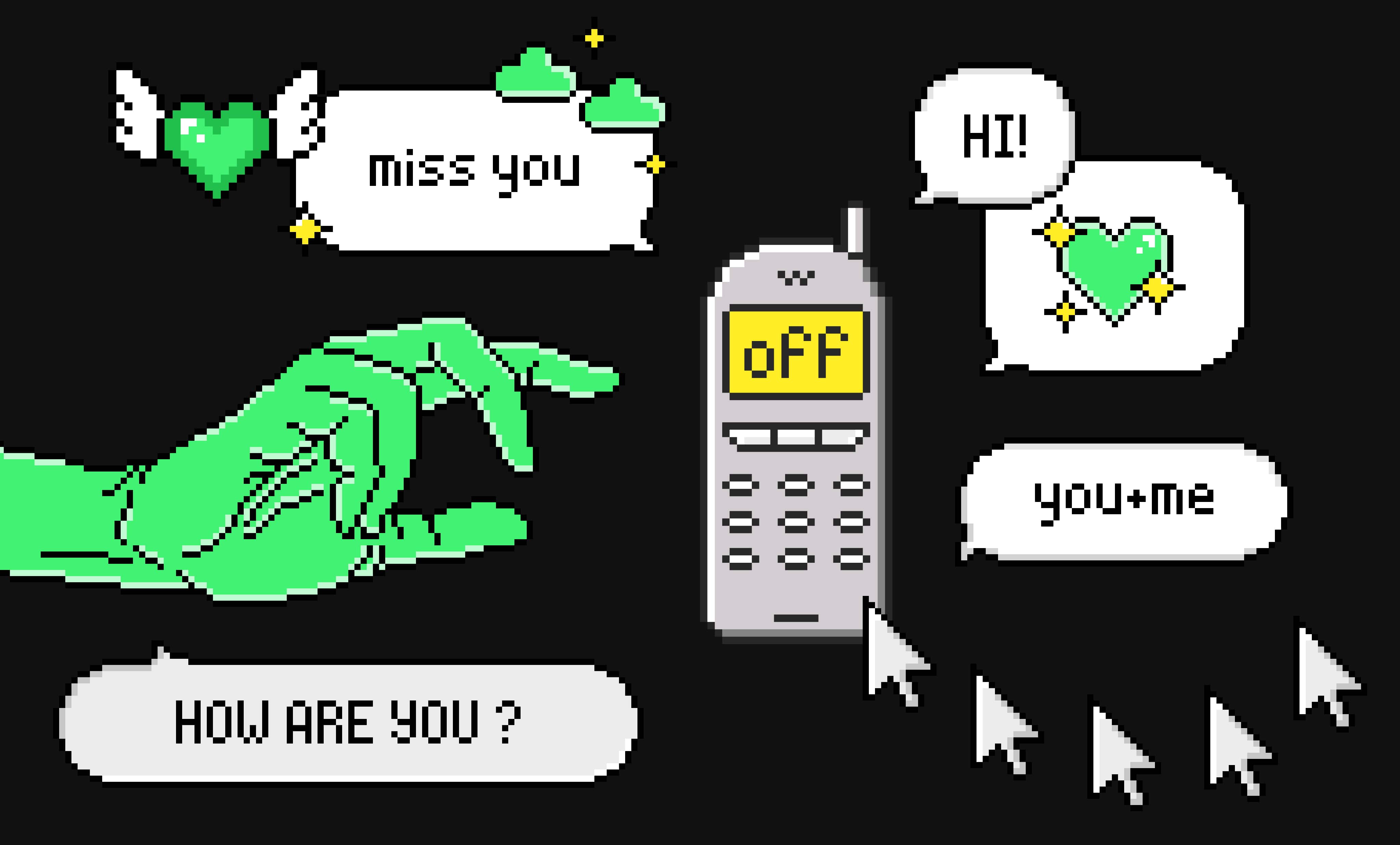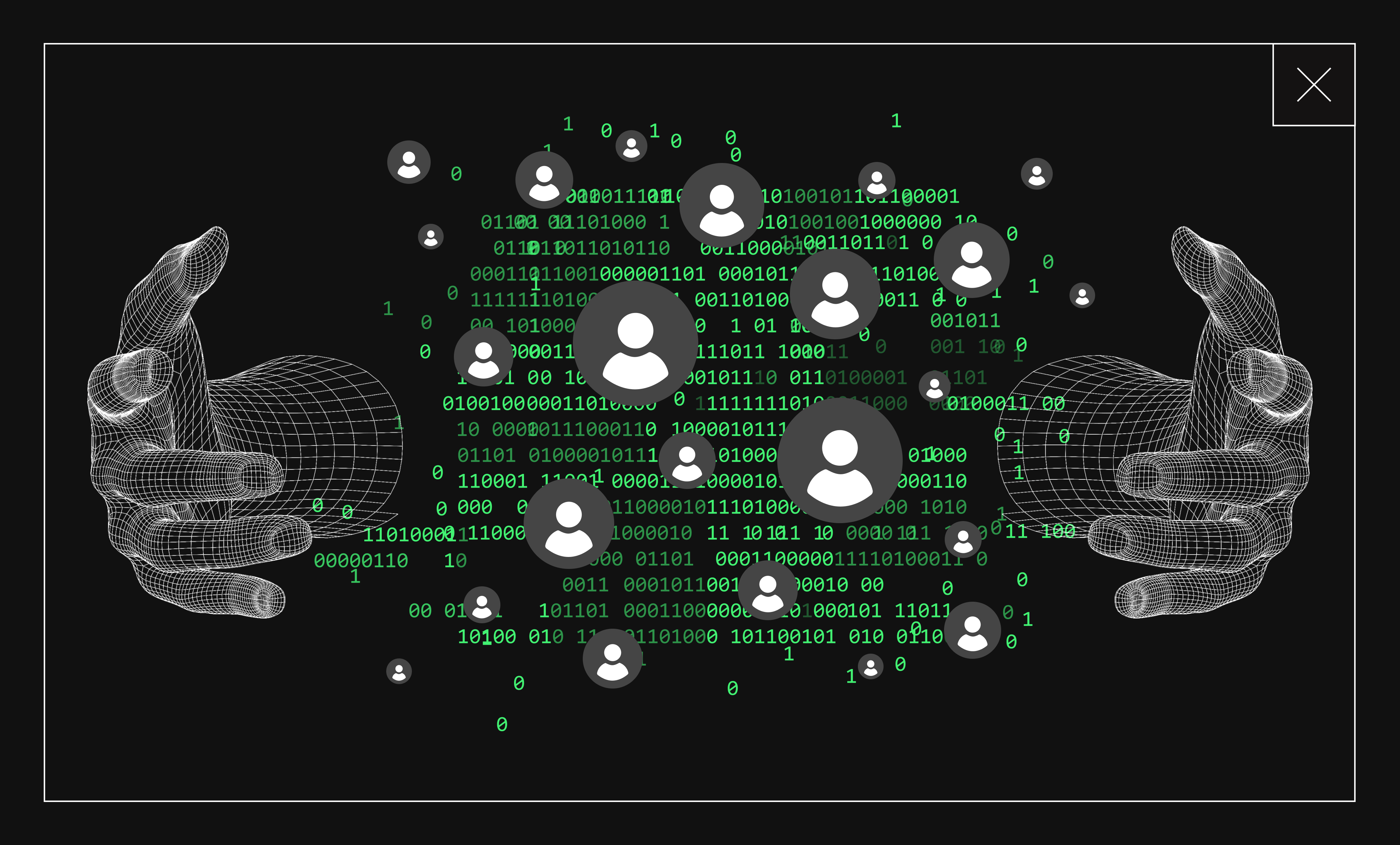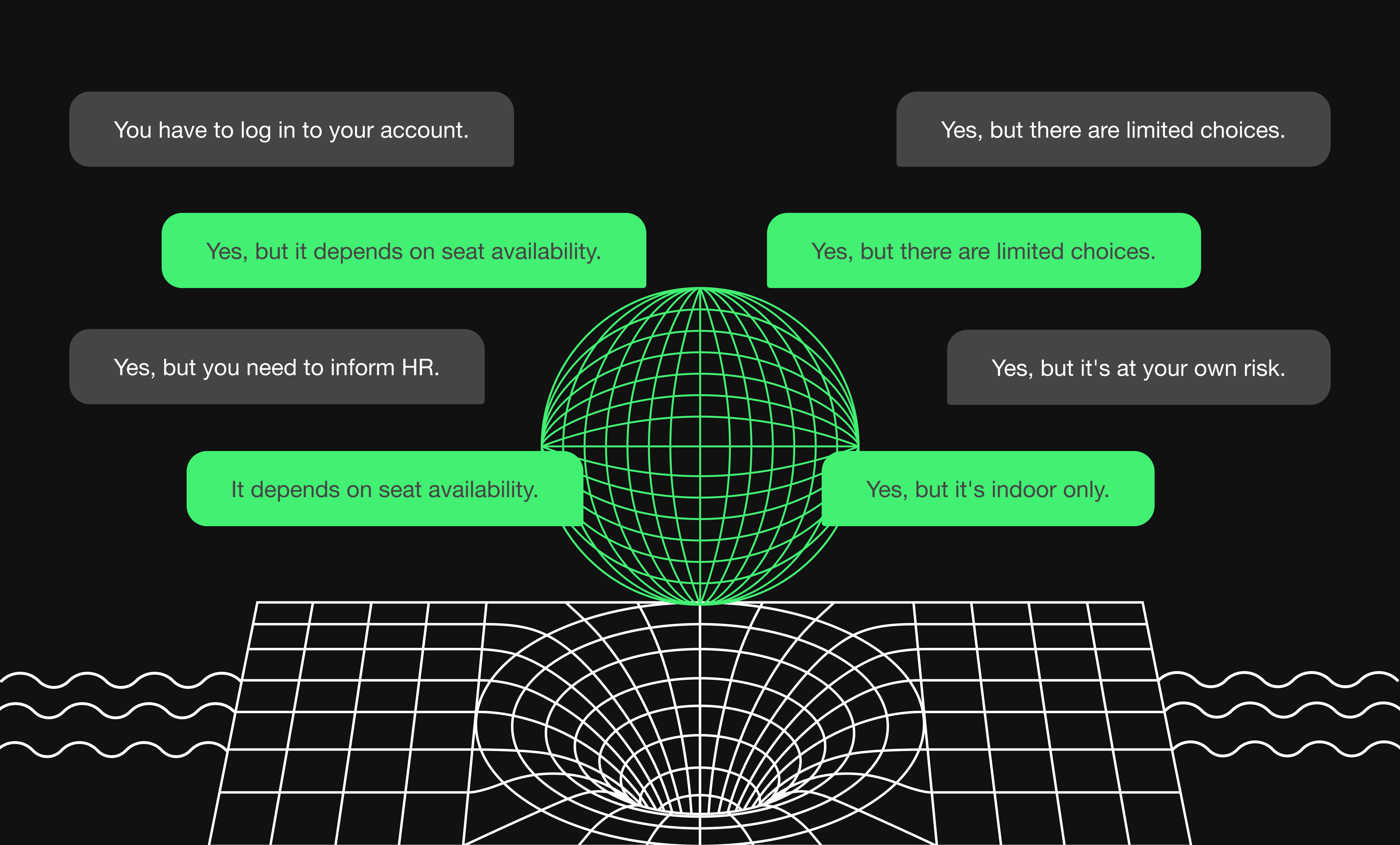The latest innovations brought a wide range of opportunities to multiple industries. As humans tend to spend an increasing amount of time in front of screens, with electronic devices always at hand, technology already started to determine the shape of our daily lives. One of the biggest achievements of modernity, letting us immerse into technology, are Virtual Reality (VR) and Augmented Reality (AR). What is the difference between them and which one should you apply to your project?
Augmented Reality vs Virtual Reality - differences
Although both technologies are highly innovative and interactive, there is a slight difference between them. Augmented Reality (AR) only adds digital elements to existing objects in a live view. Computer-generated images are layered on top of reality and displayed on a screen by using a smartphone camera. What's crucial, AR embraces reality with spectacular 3D effects, but doesn't block out the physical world.
On the contrary, Virtual Reality (VR) detaches the user completely from the actual environment by generating alternative images in a 360-degree view. This technology provides full immersion into a computer-generated world experienced as the real one. Well-prepared VR simulations can be as intensive, vivid, and emotions-triggering as reality.
Moreover, there is also an option for mixed reality technologies. At Apptension we manage to mix VR with physical objects, which makes VR objects interactable and brings even more authentic experience. Read more about Hyper CRC.
Check out our AR/VR expertise and choose the right technology for your project.
Learn more about the trends in AR/VR in 2023, as expected by industry experts! Get our free premium e-book with IT trends in 2023 here.

How to use VR and AR in product development?
Both AR and VR strongly influence using screen-based devices and consumption of visual data. Those technologies are frequently used in new products development, with Augmented Reality dominating in mobile application development ideas. As they bring highly interactive, engaging and exciting experience, they appear in entertainment apps, with highlighted examples of Snapchat Lenses and Pokemon Go - the game that went viral worldwide back in 2016.
However, VR and AR are surely dedicated not only to entertainment. They successfully support product development in various fields, including:
Medicine
Augmented and Virtual Reality are widely used in healthcare industry: they support diagnostics, surgery, emergency, reactions and many more fields of modern medicine. Displaying AR images of top of patients' bodies and tissues helps to decide on treatments and medical procedures in a non-invasive way. VR is also helpful in therapies for psychological diseases like anxiety or phobias.
Would you like to read more about technologies in healthcare industries? Go to our article: 5 healthcare areas that can be improved with AR.
Education
Immersive technologies provide interactive learning experience. Computer-generated images stimulate educational processes by making them more exciting, tangible and perceptible. VR and AR simulations are frequently used in trainings of pilots, workers in high-risk fields and surgeons, as they provide conditions close to reality but remove the risk of injuries. For instance, at Apptension we’ve built the Hand Anatomy AR app to preview the inner bones and muscles inside of limbs with no need to cut open the body.
Constructions
Using AR and VR is an innovative way to prepare visualizations of objects under construction. They are able to generate 360-degree previews of buildings and help to imagine their final shape and features. They also support project planning and provide interactive models to be presented to potential clients and investors.
Interior design
AR and VR allow also to preview the space that is under renovation to check whether colours, pieces of furniture and decorations fit together. A 360-degree or just layered on top simulations help to avoid random shopping and to freely adjust all the design-related ideas.
Marketing
AR and VR tools are easily transferable to various business areas, including marketing. With those technologies clients can try on products before purchasing and look around in virtual stores, and these significantly improve their decision-making process. They also help customers creatively interact with brands, as generated images trigger emotions similarly or even more intensively than reality. To witness more examples, check out most inspiring AR advertising campaigns. Take a look also at the Welcome to Marven promo app created by Apptension, showcased as the FWA of the day.
Manufacturing
Integrating AR and VR simplifies product development. Using 3D simulations supports this process on several stages, including prototyping which becomes more flexible, smooth, less susceptible to mistakes and cost efficient. This way of exploring VR and AR helps enterprises to increase their productivity and improve various business areas.
Do you need assistance on developing your idea based on AR or VR? Get in touch with us now!
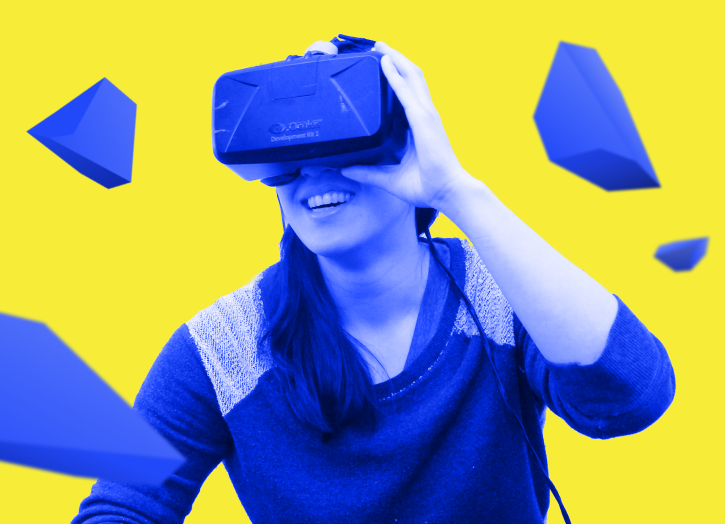
Augmented Reality vs Virtual Reality – which one to choose?
Augmented and Virtual Reality are technologies used to outshine competitors and to take businesses to the next level. Both of them bring endless opportunities to provide intensive and vivid experience for clients of multiple industries. However, determining which one is more suitable for the particular project might not be easy.
First of all, start with defining your goal and problems you wish to solve by developing your idea. As AR provides an ingenious freedom to interact with reality, some projects may require more immersive technology. Moreover, think about your target group and decide whether they are accessed to more advanced devices or rather tend to use smartphones.
Don't ignore this point. As Virtual Reality projects are highly appealing and creative, access to dedicated equipment might be a severe obstacle. Using VR usually requires a special headset, which is one of its major cons. If your target users have only smartphones at their disposal, it may be more reasonable to decide on the solution that doesn't involve any special equipment.
New product development with AR and VR
Both Augmented and Virtual Reality grow rapidly. Due to Valuates Reports, the market is projected to reach more than USB 571 billion by 2025. They provide interactive and appealing tools to entertain, educate, prototype and engage, and constant development of those technologies brings the space for countless number of gripping tech products and mobile applications. If used wisely, these innovations can improve multiple branches and industries and develop ideas that exceed the limits of imagination.
If the idea of applying AR and VR to your product development is already in your mind, feel free to contact us. As technology partner for enterprises operating in various industries, we will advise you on choosing the right technology to sharpen your idea.

